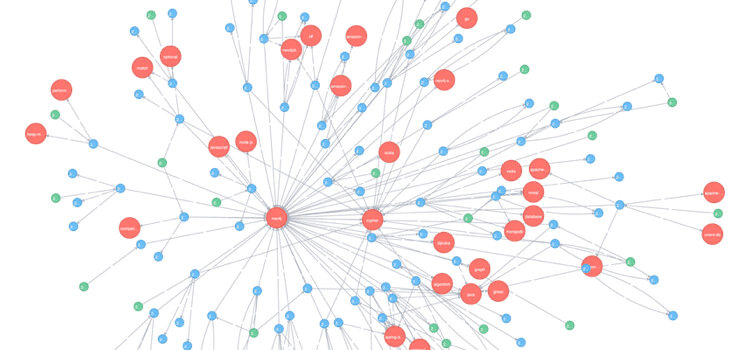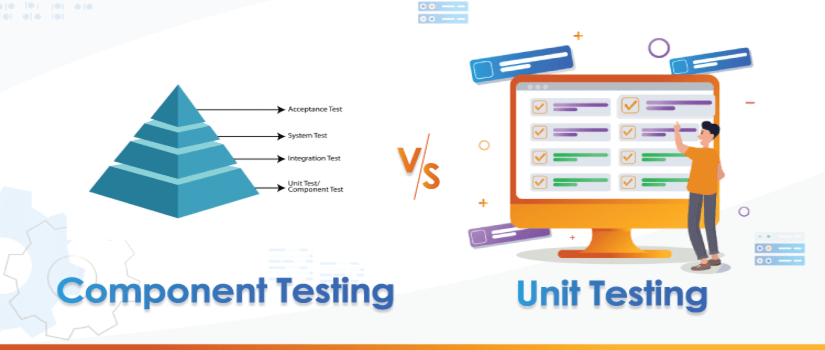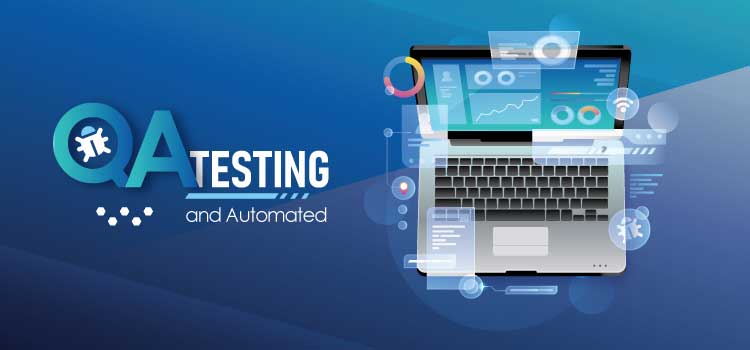In today’s digital world data holds a significant position and is considered to be one of the biggest assets for any organization. It is not anymore about where to store the data; it is more geared towards how the data can be manipulated to extract meaningful insights and information buried in it. These insights help businesses to make informed decisions and it paves the path to growth and mitigate future challenges. All this has led to adoption of data bases and DBs kept evolving over time and are continuing to advance.
This data can be regimented and put in order in a number of ways. Databases choices are SQL, NoSQL & Graph Databases.
The growth of data, the arise of big data and massive data enlargement in last decade has been the driving force for the data scientists and organizations to utilize this tons of data to gain insightful information from it.
Machine Learning a form of AI is ever growing and data rich entities have realized the importance of gaining intelligence from their big data. All this has glorified the importance of Graph Databases.
Difference between Relational Databases & Graph Database
Relational Databases
Relational Databases like MySQL, PostgreSQL, and SQLite3 speak to and store information in tables and columns.
Examples: The most popular of these have been Microsoft SQL Server, Oracle Database, MySQL, and IBM DB2.
Graph Database (GDB)
Graph database (GDB) is a database that uses graph structures for semantic queries with nodes, edges, and properties to represent and store data.[1] A key concept of the system is the graph (or edge or relationship). The graph relates the data items in the store to a collection of nodes and edges, the edges representing the relationships between the nodes. The relationships allow data in the store to be linked together directly and, in many cases, retrieved with one operation. Graph databases hold the relationships between data as a priority. Querying relationships is fast because they are perpetually stored in the database. Relationships can be intuitively visualized using graph databases, making them useful for heavily inter-connected data.
Ref: https://en.wikipedia.org/wiki/Graph_database
Graph Databases & Big Data Analytics
Graph databases play a vital role in big data analytics and it is one of the most effective tools to analyze any large sets of data.
The big data is ever growing, and these large sets of data are meaningless until and unless they are effectively analyzed. Graph Database is gaining popularity as they are aiding the process of analyzing big data. Graph databases are an intuitive way of representing the data.
Standard databases like MySQL the data is stored in the form of tables, keys, relationships, joins etc. These databases present certain limitations when it comes to querying the data. In the years when the data growth was slow, these traditional standard databases were sufficing for the need but in this era of Big Data much more is expected from a database to effectively help analyze the Big Data.
Graph Databases & Machine Learning
Graph Databases can help ML and AI in unique ways. ML can be divided into three main components when related to Graph Databases.
a. Graphs Algorithms generating new insights
b. Export features from a graph into ML Pipeline
c. Bring ML into the graph.
Graph Databases Are Gaining Popularity And Are Coming Into Use As Per Google Trends.
The Good
Graph databases, such as Neo4j and Titan, claim these advantages:
• Flexibility: The data captured can be easily changed and extended for additional attributes and objects
• Search: You can run fast relationship-based searches such as "Which supplier provided the products owned by this group of customers?"
• Indexing: Graph databases are naturally indexed by relationships (the strength of the underlying model), providing faster access compared to relational data for data
The Bad
Graph databases are not as useful for operational use cases because they are not efficient at processing high volumes of transactions and they are not good at handling queries that span the entire database. Because they are not optimized to store and retrieve business entities such as customers or suppliers, you would need to combine a graph database with a relational or NoSQL database.
Graph databases are not optimized for large-volume analytics queries typical of data warehousing.
Ref: https://tdwi.org/articles/2017/03/14/good-bad-and-hype-about-graph-databases-for-mdm.aspx
Conclusion
There are numerous benefits of Graph Databases however as it is a fairly new technology with its limitations, it would take time before it can be widely utilized to its full potential. The challenge is lack of human resources who are skilled and experienced on this latest technology of Graph Databases. Another challenge is non-standardization of the Graph Database Query Language.
If you would like to know further about Graph Database and how it can benefit your ML or AI initiatives in place, please feel free to Contact us.











